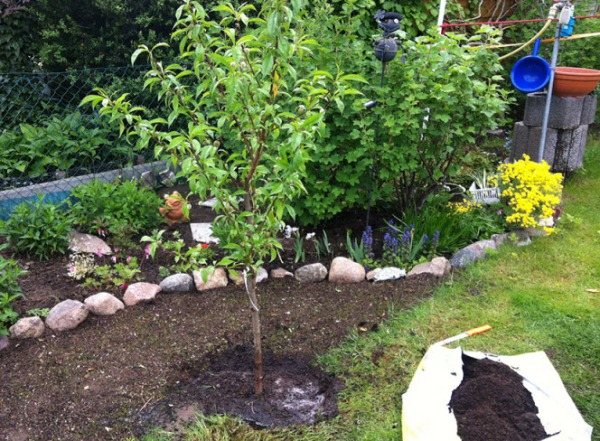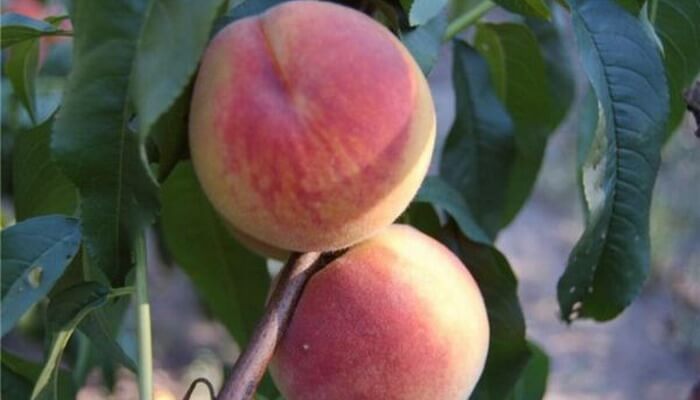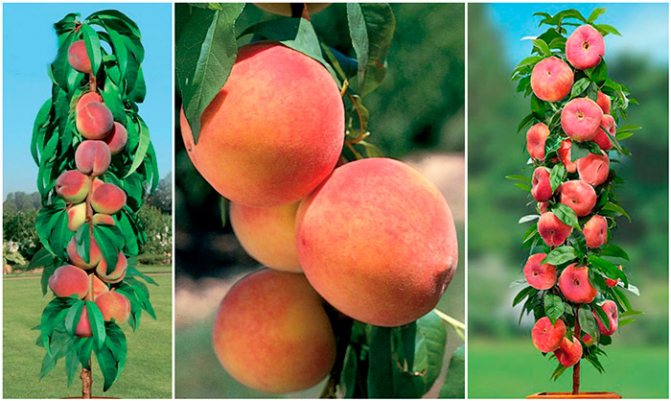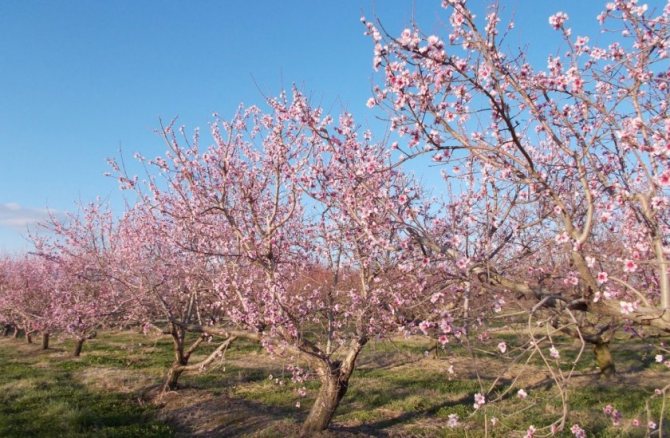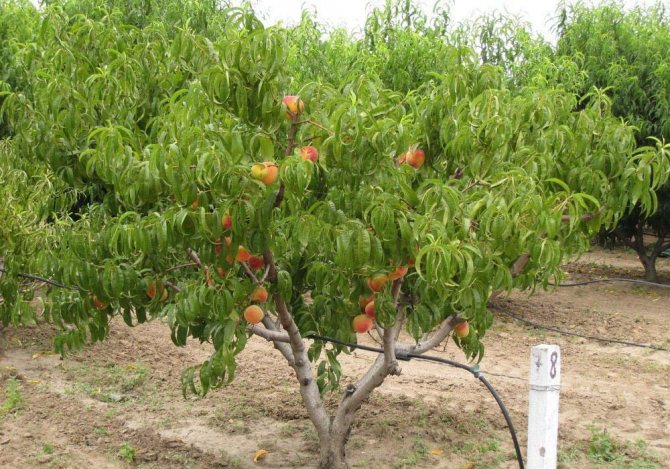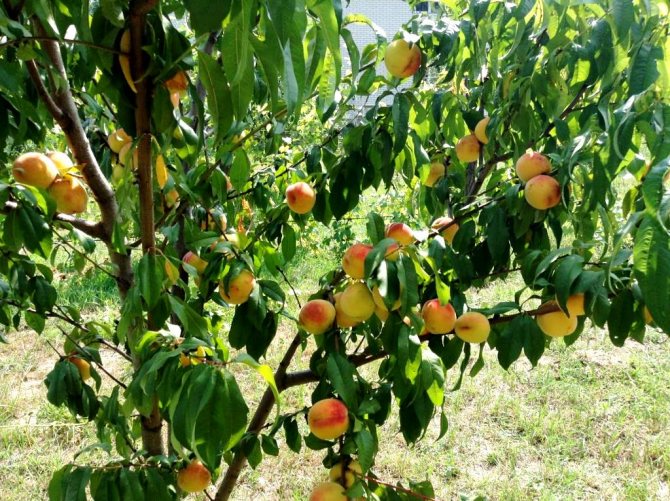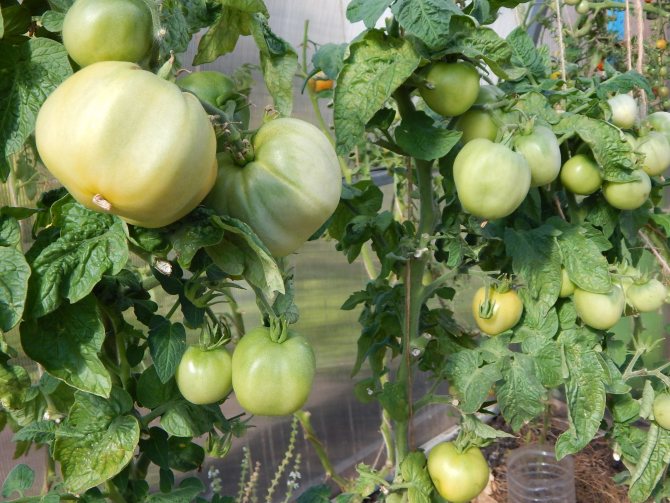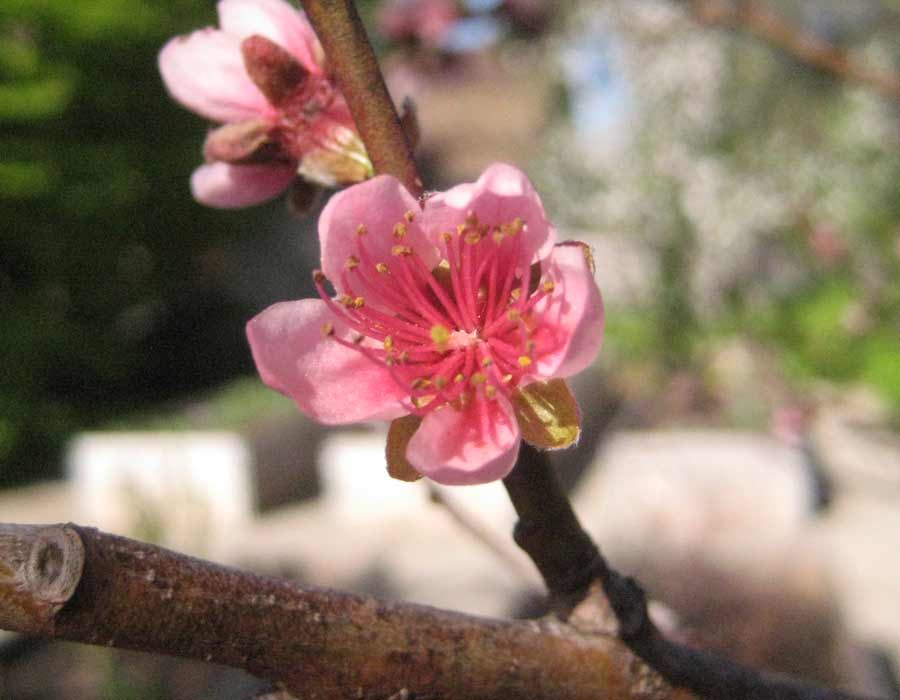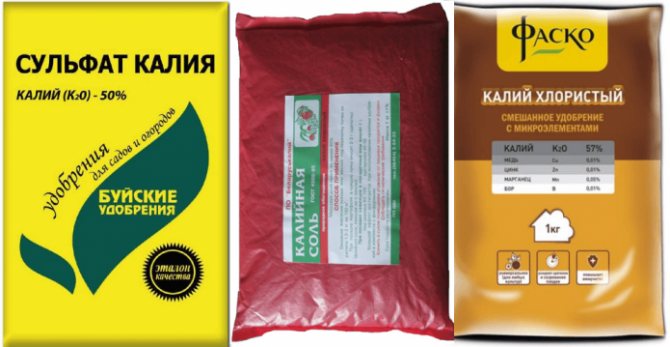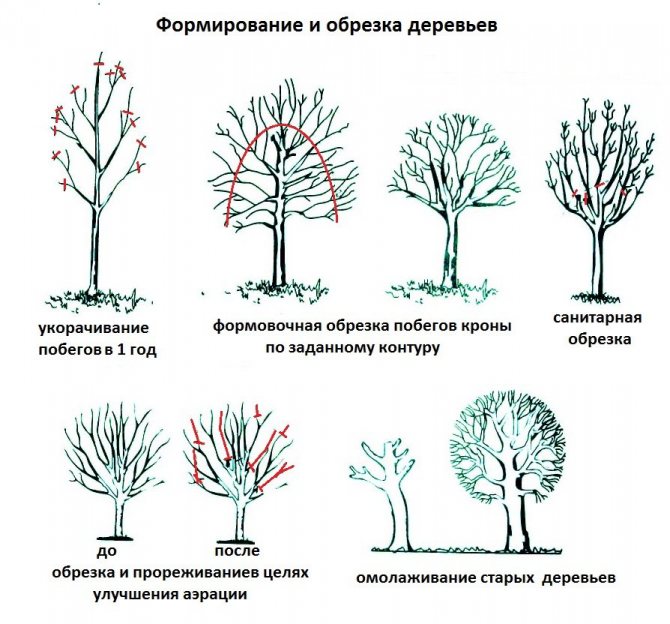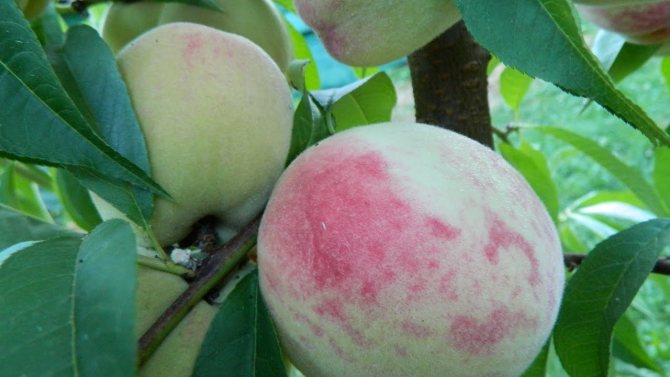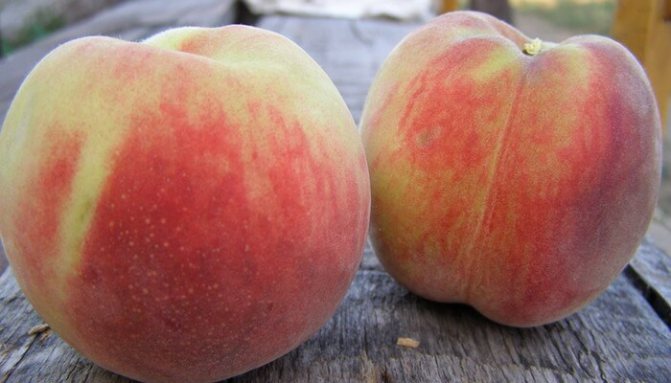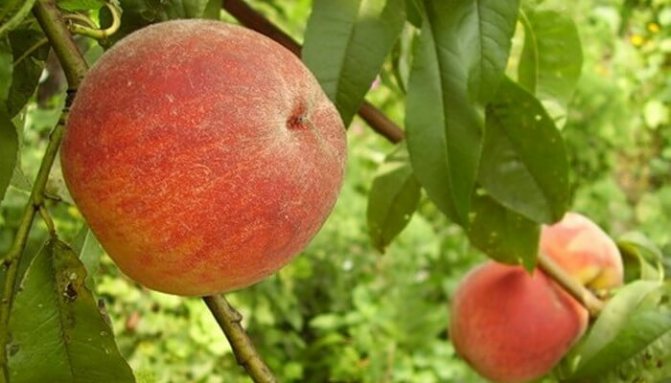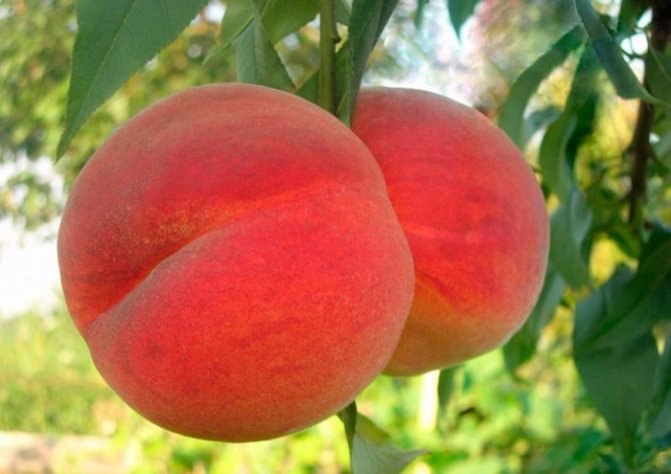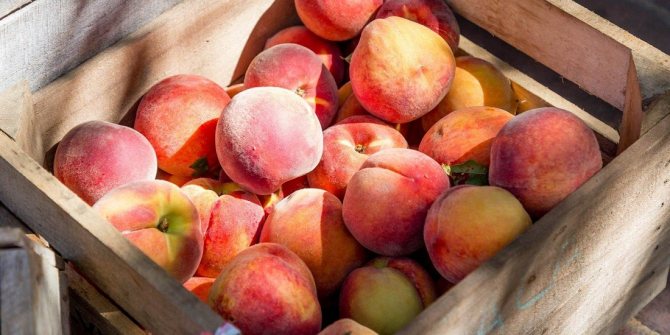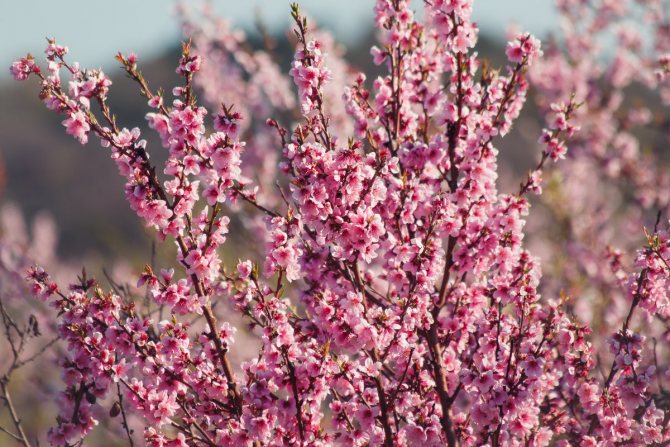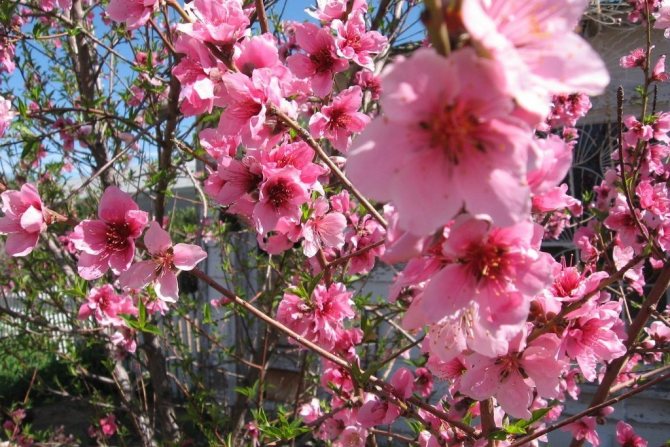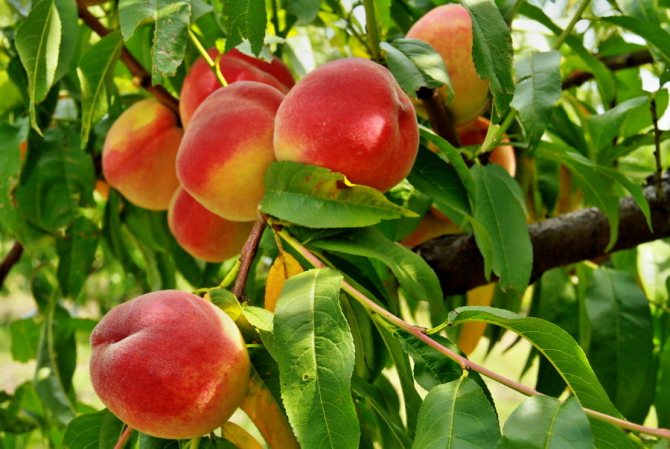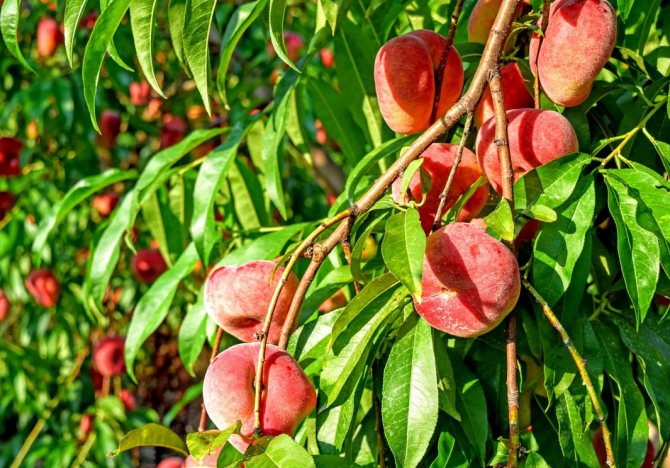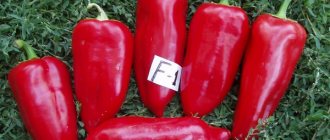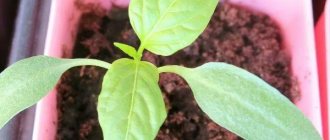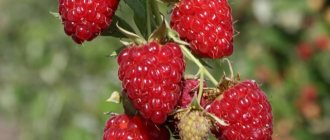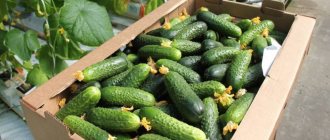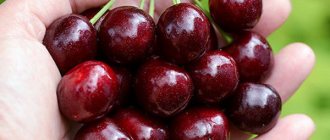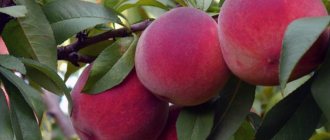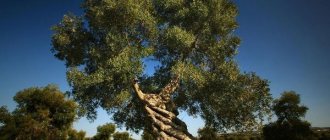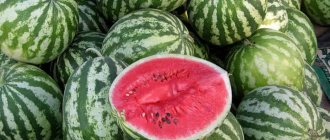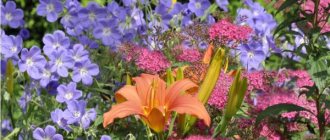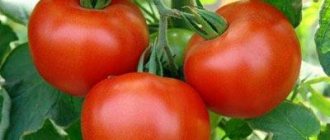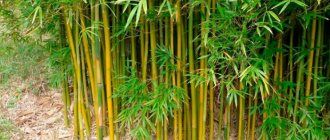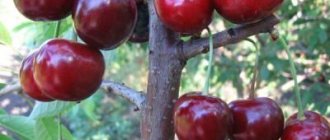Perhaps almost every amateur gardener dreamed of a peach tree on his site. However, the peculiarities of its cultivation made it possible to do this only in the southern regions of the country. But breeders have made dreams come true, and today peach has many varieties that differ in terms of ripening, taste, frost resistance and peach shape. Below are some of the best peach varieties.
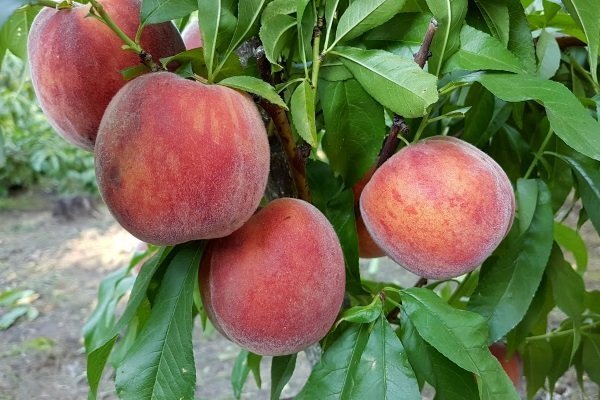
Ripen early
Early ripening peaches have a pale yellow pulp with a pronounced sugary taste. Fruits begin to ripen by the end of June and continue to ripen until the 20th of July.
Fluffy early
Description of the tree:
- height less than 3 m;
- wide oval;
- branched;
- pink flowers.
Fruit characteristics:
- weight up to 100 g;
- wide oval;
- the peel is greenish with a crimson blush;
- sugary pulp with dense fibers;
- small bone.


Purpose - dining room. It has an average yield and a rather weak immunity to sub-zero temperatures and frosts. Also susceptible to fungal diseases.
Grisborough
Description of the tree:
- massive;
- branched;
- oblong;
- large inflorescences.
Fruit characteristics:
- weighty;
- oval;
- dense rind;
- pale green with purple blush;
- tasty, sugary and fibrous pulp;
- pleasant refreshing aroma.
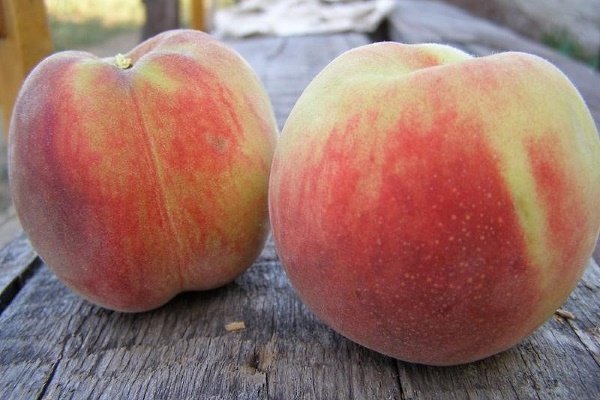

Purpose - dining room. Possesses high immunity to frost, rich productivity and memorable taste. In the absence of proper care, the leaves curl. The fruits are not transportable.
Dagestan gold
Description of the tree:
- height less than 3 m;
- spherical crown;
- branched;
- thick.
Fruit characteristics:
- oval;
- oblong;
- weight not more than 100 g;
- yellowish tint with carmine blotches;
- low-density peel;
- small bone;
- astringent pulp with strongly felt fibers.
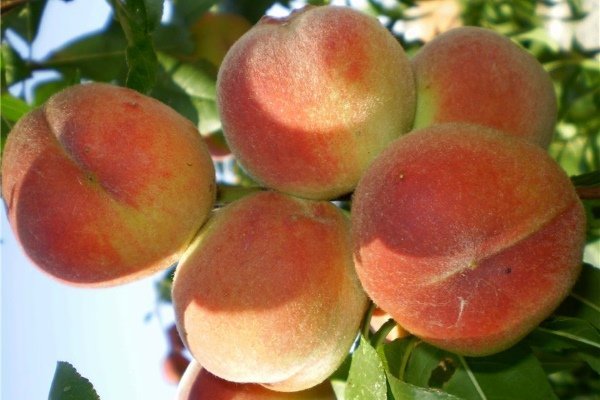

The purpose is universal. It has a low yield, but it is also characterized by a fairly good immunity to frost, various kinds of diseases and harmful insects.
Favorite Morettini
Description of the tree:
- height not less than 3 m;
- branched;
- flowers in the form of a bell.
Fruit characteristics:
- spherical;
- high density peel of a yellowish tint with a crimson blush;
- the most delicate beige pulp;
- medium fiber,
- juicy and aromatic,
- small bone.
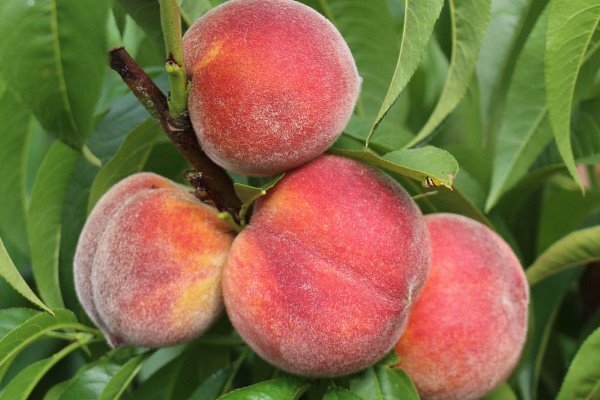

The purpose is universal. Possesses high immunity to frost and low temperature conditions. Produces a stable and plentiful harvest. Susceptible to fungal infections, in particular to moniliosis.
Kiev early
Description of the tree:
- miniature;
- spherical;
- low crown density;
- branched;
- height up to 2 m.
Fruit characteristics:
- sugary fibrous pulp;
- astringent consistency;
- loose skin of a pale beige shade with a scarlet blush;
- spherical;
- weight up to 110 g;
- small bone.
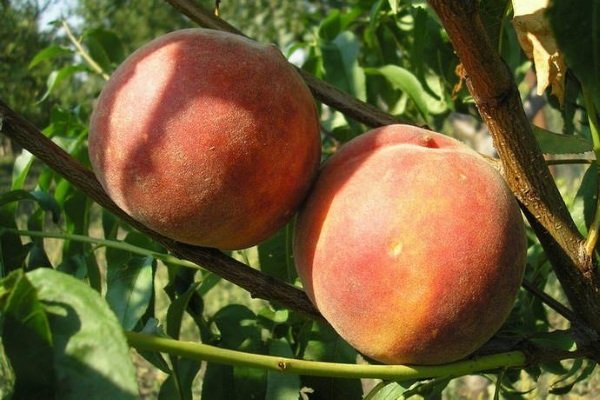

The purpose is universal. It has a high immunity to frost and disease. A bountiful harvest. Prone to curly foliage. Practically inseparable pulp from the peel.
White Swan
Description of the tree:
- height no more than 3 m;
- spherical;
- branched.
Fruit characteristics:
- weighty;
- weight not more than 200 g;
- wide oval;
- a creamy rind with a scarlet blush;
- whitish pulp with weak fiber;
- pleasant honey aroma;
- small bone.
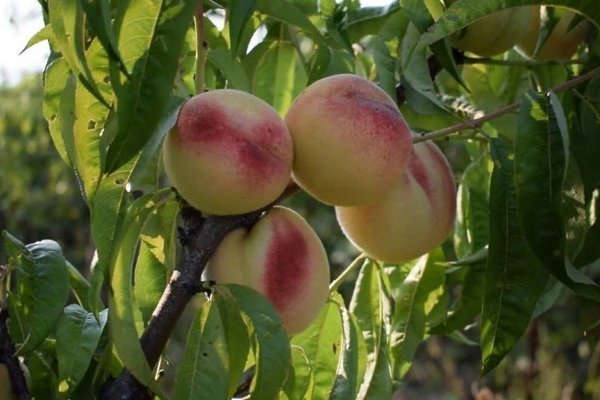

The purpose is universal. It has a high immunity to dry weather and frost. Practically not susceptible to fungal diseases. The fruits have a rather low transportability.
Redhaven
Description of the tree:
- height up to 5 m;
- spherical crown;
- foliage of a dark green hue;
- medium-sized flowers.
Fruit characteristics:
- weight from 150 to 200 g;
- oval;
- yellowish red tint;
- high density peel;
- fibrous texture;
- pointed bone.
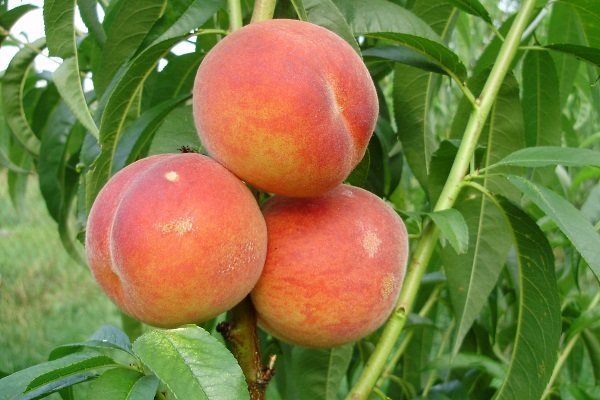

The purpose is universal. Suitable for conservation. A rich and stable harvest. It has a high immunity to frost. The fruits are transportable. Prone to curliness and fungal diseases.
How to care and how to fertilize
Care consists in pruning, watering, fighting all kinds of diseases and pests. The peach tolerates drought steadily, but development and fruiting is inhibited. Therefore, if there has been no rain for a long time, 2 buckets of water with a temperature of about 25 degrees are poured under the tree every 2 weeks. Watering too generously, especially during ripening, can lead to cracking.
When digging a site in the spring, nitrogen-containing fertilizers are applied under the trees for better development and the formation of a plentiful ovary. In the fall, mineral fertilizers are not applied, only organic matter and then once every 2 years.
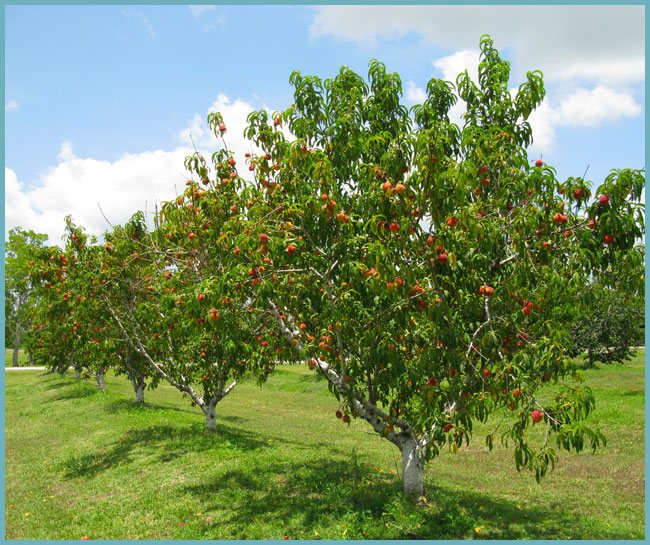

Trees need to be pruned regularly
For the winter, it is advisable to protect the trunk circle and roots from rodents by spreading spruce branches around. The trunk of the tree is wrapped with roofing material or rags.
Advice. Use this method of protecting a young tree when preparing for the winter: dig in 2 supports on the sides, put a bag on them, covering the entire seedling. Sprinkle earth over the edges. Make some holes - the tree needs to breathe.
To get good yields for a long time, peach pruning is necessary. In this case, several types of this procedure are used:
- Forming, increasing fruiting and yield quality. You should start forming the crown already when planting a tree.
- Thinning, giving the opportunity for the development of strong shoots.
- Convalescent when sick or frozen branches are removed in the spring.
- Rejuvenating, used to rejuvenate a peach over the age of 7 years. Stimulates abundant fruiting.
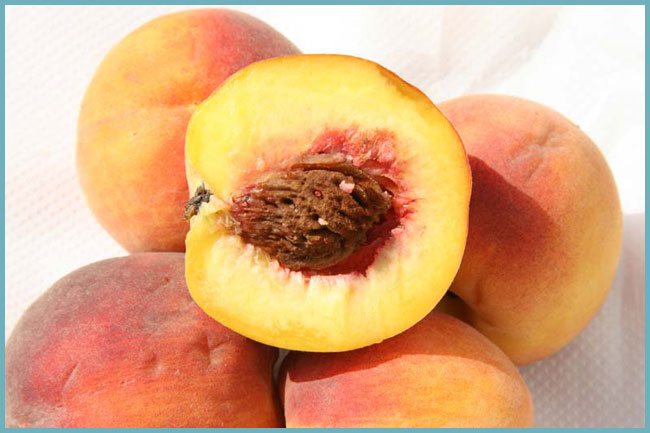

Peach fruit
Medium ripening
Mid-season peach varieties usually ripen around mid-August and can continue until late September. Fruiting begins already somewhere in the 3-4th year of planting.
Stavropol pink
Description of the tree:
- not branched;
- height no more than 4 m;
- massive leaves;
- miniature purple inflorescences.
Fruit characteristics:
- whitish fibrous pulp;
- round shape;
- loose, pale green peel with a scarlet blush;
- sour aftertaste;
- a small bone of a greenish tint.
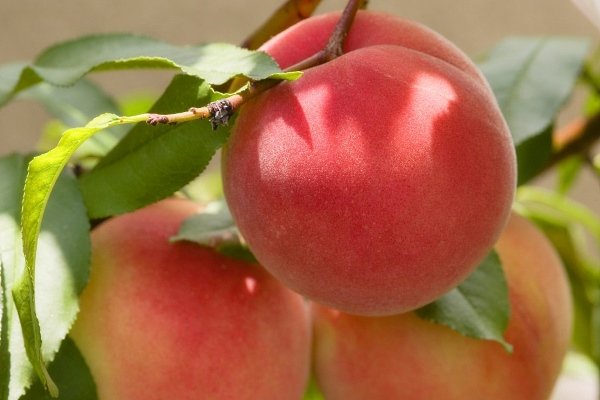

Purpose - dining room. Gives a rich harvest. Highly resistant to low temperatures. Susceptible to fungal diseases. Slower fruit growth during drought. Constant thinning is required.
Ambassador of Peace
Description of the tree:
- flowers in the form of bells;
- branched;
- lush rounded crown.
Fruit characteristics:
- yellowish pulp;
- dense, pronounced fibers;
- weight reaches 160 g;
- round;
- large bone, poorly separated;
- delicate sugary aftertaste.
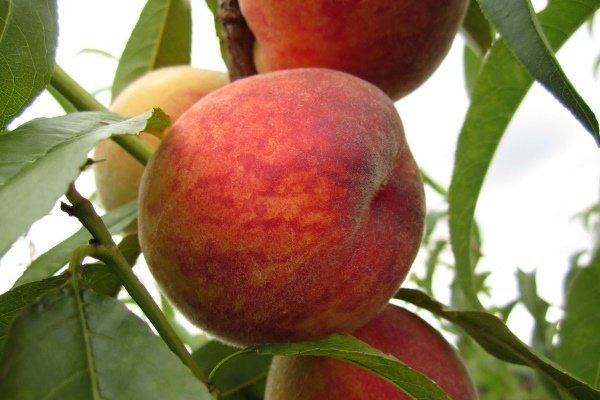

Purpose - dining room. High immunity to low temperatures and resistance to diseases and harmful insects. A bountiful harvest. Peaches tolerate transportation well and have a long shelf life.
Hryvnia
Description of the tree:
- vigorous;
- spherical;
- height less than 3 m;
- branched.
Fruit characteristics:
- small;
- weight reaches 90 g;
- a yellowish tint with a velvety texture;
- juicy pulp;
- small bone.
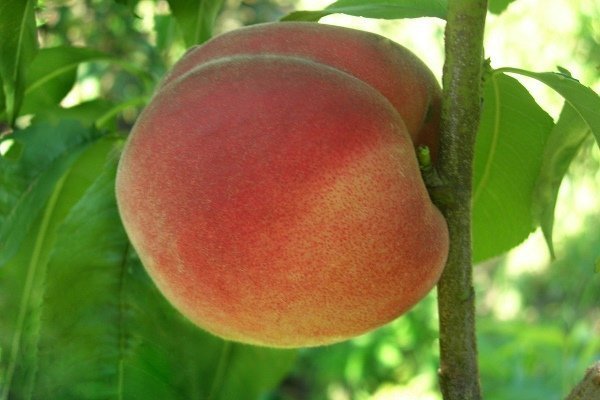

Purpose - dining room. High immunity to low temperatures and diseases (especially powdery mildew). Peaches tolerate long-term transportation well. With proper care, it begins to bear fruit ahead of schedule.
Ruby Prince
Description of the tree:
- vigorous;
- slightly spreading crown;
- large leaves.
Fruit characteristics:
- weight can reach 170 g;
- ruby or burgundy shade;
- tart fibrous pulp;
- astringent aftertaste;
- spherical;
- the bone is practically not separated.
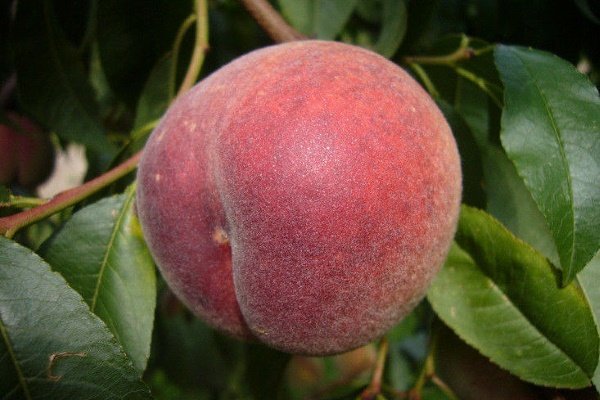

The purpose is universal. It has a fairly good immunity to fungal infections and low temperatures. Long shelf life. Good presentation. Prone to curliness. We do not tolerate drafts.
Fig peach
Description of the tree:
- the height reaches 5 m;
- pinkish;
- branched;
- lilac flowers resembling a rosehip;
- lanceolate leaves.
Fruit characteristics:
- disc-shaped;
- sugary and tart aftertaste;
- orange-red with crimson blush;
- peel of medium density;
- weight up to 170 g;
- a small bone, practically not detached from the pulp.
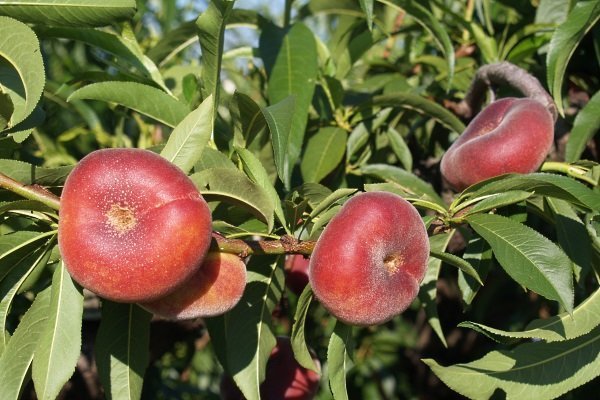

The purpose of the Fig Peach is a table. It has low immunity to frost and fungal infections. The fruits are not transportable, and they have a fairly short shelf life.
Cardinal
Description of the tree:
- thick round crown;
- low height;
- oblong leaves.
Fruit characteristics:
- weight is not more than 150 g;
- orange, almost red hue;
- pronounced aroma;
- juicy fibrous pulp;
- sour aftertaste;
- easily detachable small bone.
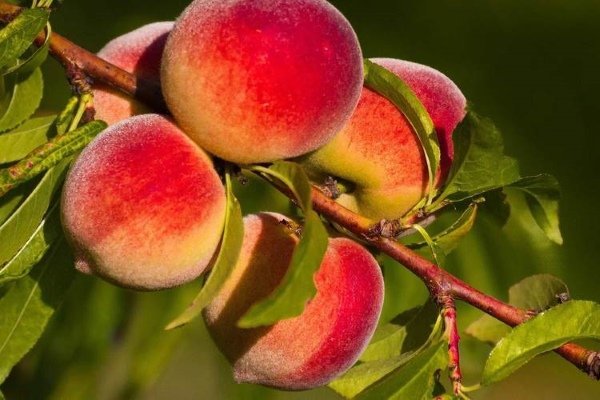

The purpose is universal. Medium immunity to low temperatures. Needs insulation before frost. The harvest is average. Practically not susceptible to diseases (especially powdery mildew), has excellent immunity to the harmful effects of insect pests.
Kremlin peach
Description of the tree:
- tall;
- branched;
- oval or rounded crown.
Fruit characteristics:
- orange shade with a scarlet blush;
- weight up to 200 g;
- dense pulp;
- rounded;
- not pronounced juiciness;
- sugary mild taste;
- thin peel;
- easily detachable small bone.
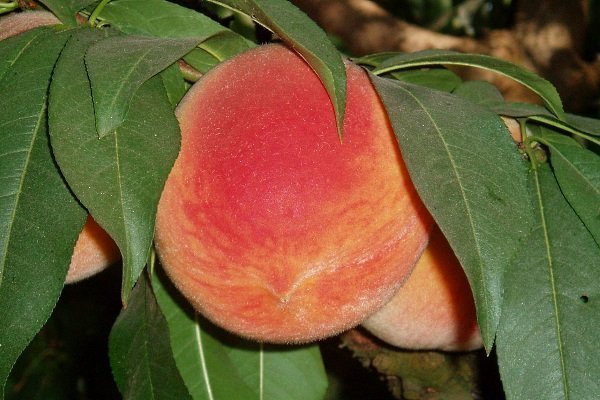

Purpose - dining room. This variety perfectly adapts to any temperature and is highly resistant to various diseases. Demanding to feeding. A bountiful harvest. Reacts negatively to waterlogging.
Golden Moscow
Description of the tree:
- the height reaches 3 m;
- spherical crown;
- pink flowers;
- lanceolate leaves.
Fruit characteristics:
- yellowish beige pulp;
- high juice content;
- pronounced sugary aftertaste;
- small bone, easily detachable;
- dense rind.
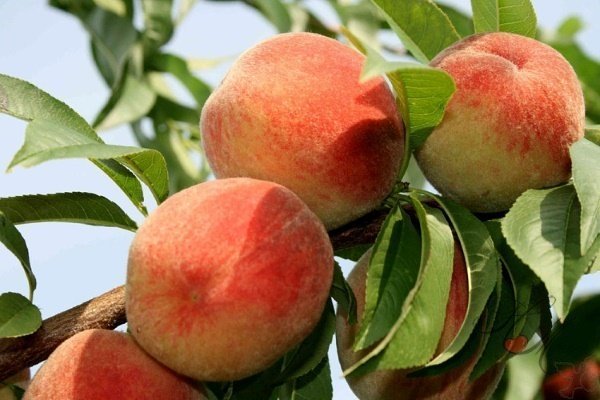

The purpose is universal. Rich and regular harvest. High immunity to frost. Excellent presentation. The fruits tolerate transportation well. Immunity to fungal diseases, in particular, is not susceptible to powdery mildew.
Siberian
Description of the tree:
- the height can reach 5.5 m;
- dense foliage;
- rounded crown.
Fruit characteristics:
- the most tender juicy pulp;
- rounded;
- yellowish tint with pink blush;
- fresh honey aroma;
- easily detachable bone;
- weight up to 70 g.
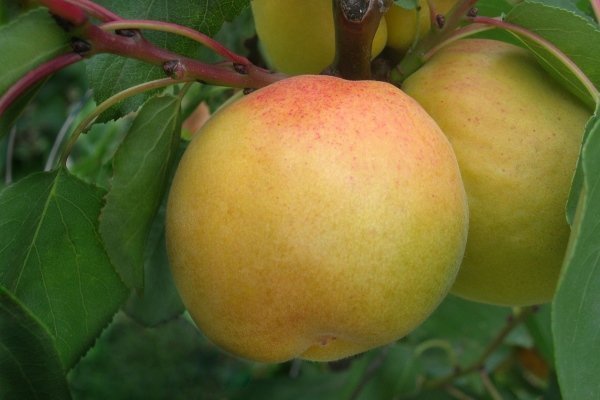

Purpose - universal, perfect for conservation. Medium but regular yield. Highly resistant to low temperatures. Short shelf life (less than 14 days).
Donskoy
Description of the tree:
- pinkish;
- height up to 4 m;
- medium height;
- neat oval crown.
Fruit characteristics:
- weight up to 80 grams;
- creamy pulp;
- yellowish-scarlet peel;
- easily detachable bone;
- soft sugary aftertaste.
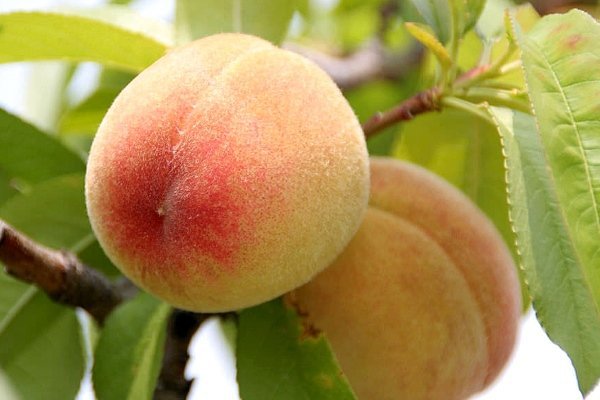

Purpose - conservation. Used for making jams and preserves.High resistance to frost. Bountiful harvest. Afraid of drought, regular watering is required. Not susceptible to curliness and fungal diseases.
Collins
Description of the tree:
- height no more than 3.5 m;
- spherical;
- green elongated leaves.
Fruit characteristics:
- weight up to 155 g;
- pale orange with a scarlet blush;
- pronounced velvety;
- the bone is poorly separated;
- fragrant.
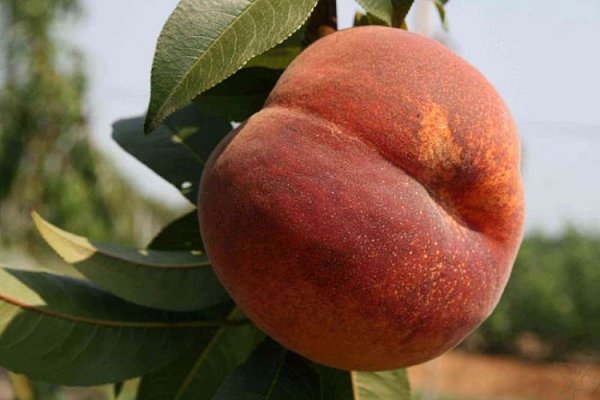

The purpose is universal. The fruits are transportable and have a long shelf life. Practically not susceptible to fungal diseases. With little care, leaves curl. Demanding to feeding.
Saturn
Description of the tree:
- pinkish;
- branched;
- single flowers;
- small leaves;
- vigorous.
Fruit characteristics:
- weight reaches almost 100 g;
- disc-shaped;
- cream shade;
- fibrous and astringent pulp;
- spicy taste;
- the bone is small.
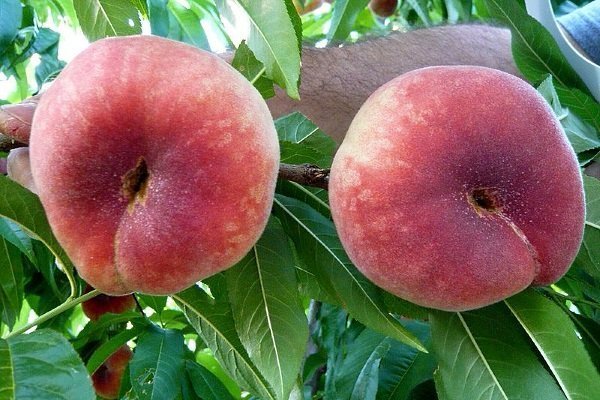

Purpose - dining room. Has a fairly high immunity to frost. Average yield is characteristic. Peaches tolerate transportation well. High presentation.
When to plant a peach tree?
Peach planting depends on the climate of the growing area. The farther north you live, the more rational it will be to plant in spring or summer, so that the tree takes root and grows. If you live in the south, then it is better to plant trees closer to autumn.
The landing site should be well lit, elevated and protected from the wind. The tree should be located at some distance from other trees (at least about three meters in different directions from the seedling). The tree grows poorly in those areas where strawberries, plants of the families of nightshades and melons, alfalfa, clover grew, since peach verticillus disease (a fungal disease that manifests itself in the appearance of "scalded" withering leaves with a yellow color) can develop. In order to avoid infection of the seedling with fungal hyphae, it is recommended to plant only 3-4 years after the above crops.
Features of planting a tree in spring
The main rule of planting a peach is to dig a pit correctly and at the right time. The longer the hole is dug before planting, the better the quality of the soil will be.
The most favorable time for digging a foundation pit is autumn, if you want to plant a tree in spring. In the center of the hole at the bottom, a stake is driven in so high that it looks out above the ground.
Next, you need to fill the soil with nutrients with a slide in the center of the pit. If the land is fertile, then exclusively mineral fertilizer and ash are added to it. If the land on the site is depleted, then the top layer of the earth is removed from the pit, manure, humus or compost from about 4 to 8 kg is added to it, it is also fertilized with wood ash, superphosphate and potassium chloride and mixed thoroughly.
When buying a peach seedling, ask the seller in what conditions it was grown in order to adapt the tree to your soil area as much as possible. Also check the root system of the seedling. To do this, pinch off a piece of bark and check the color of the rhizome: if it is green, then the peach is young. Remember, it is best to buy annual seedlings as they take root well.
After purchasing a seedling, it is necessary to place it on a tubercle in the center of the pit, carefully straighten its roots and sprinkle it with soil. After all this, the planting site should be slightly higher than the surface of the rest of the land. The soil must be trampled from the periphery to the center, that is, from the farthest sections of the root to the trunk, and watered abundantly with three to four buckets of water. After the water has been absorbed and the earth has settled, it is recommended to tie the peach seedling to the stake, which was installed after digging the pit. Next, you can fill the area with manure up to 10 cm thick, but be careful that it does not come into contact with the trunk itself. Features of planting a peach seedling in the fall
If you decided to plant a peach in the fall, then you made the right choice, taking into account the timing of digging the pit. Before buying a seedling, you need to dig a hole 15-20 days before planting. The second feature is that exclusively ash and mineral fertilizer are mixed with the soil. The soil with impurities, as well as in the spring, is poured with a slide in the center of the hole. The planting sequence is no different from that in the spring. But after the earth dries up, it is necessary to wrap the tree trunk 20-30 cm from the ground, and before the cold snap, the trunk must be wrapped in burlap, having previously made holes in it for ventilation from the south side.
Late, frost-resistant varieties
Late varieties of peaches, which have a fairly good frost tolerance, ripen only by the beginning of autumn. These varieties can be harvested by early October.
Jaminat
Description of the tree:
- height less than 3 m;
- spherical;
- branched;
- dense foliage.
Fruit characteristics:
- elongated, oval;
- weight no more than 160 g;
- yellowish tint with a crimson blush;
- pale orange pulp;
- strong peel;
- tart sweet taste.
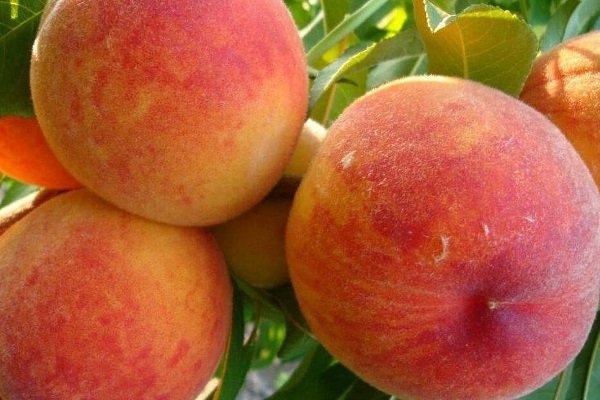

The purpose is universal. This variety is characterized by a fairly high and regular yield. However, it has moderate immunity to low temperatures.
Elbert
Description of the tree:
- height less than 3 m;
- spherical;
- branched;
- olive leaves;
- flowers in the form of bells.
Fruit characteristics:
- weight up to 150 g;
- spherical, slightly elongated;
- bright orange with pinkish blush;
- pale beige pulp;
- fibrous texture;
- tasty and aromatic;
- easily detachable large bone.
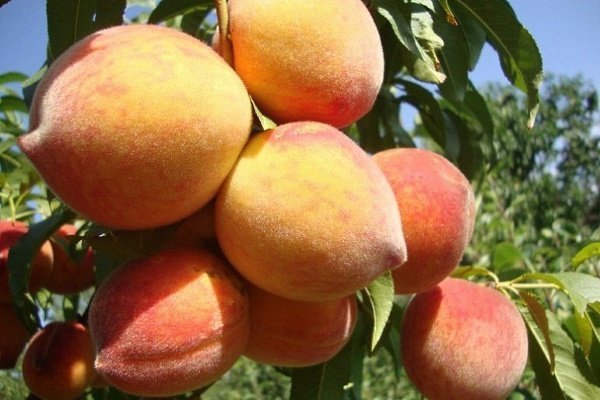

Purpose - dining room. This variety of peaches is susceptible to various diseases, but has a high immunity to frost and low temperatures. Average yield.
Iranian late
Description of the tree:
- height less than 3 m;
- spherical;
- dense foliage.
Fruit characteristics:
- clingstone;
- yellowish peel with pink blush;
- the most delicate fibrous texture;
- not pronounced sweet taste.
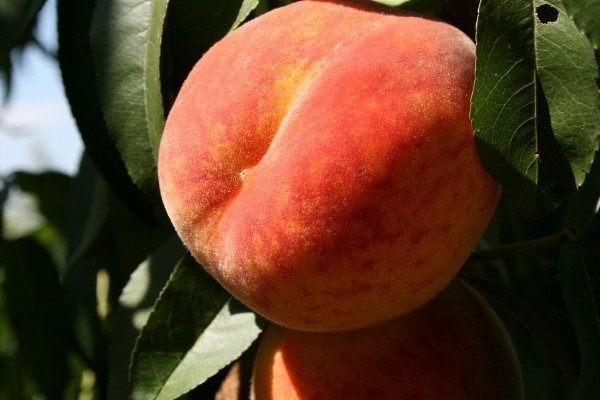

Purpose - dining room. A bountiful harvest. It has an average immunity to frost and sub-zero temperatures. It is susceptible to fungal infections due to its weak protective properties. The fruits are transportable.
Fury
Description of the tree:
- height less than 3 m;
- branched;
- thick, sloppy crown;
- pale green leaves.
Fruit characteristics:
- weighty;
- weight from 250 to 450 g;
- red peel;
- tender and sugary pulp;
- small bone, easily detached.
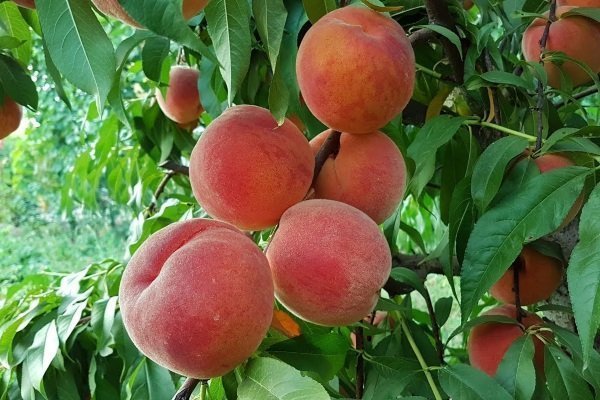

Purpose - dining room. It has a high immunity to low temperatures. High presentation. The fruits are transportable and have a long shelf life. Gives a rich harvest.
Frost
Description of the tree:
- height less than 3 m;
- not branched;
- spherical;
- oblong leaves.
Fruit characteristics:
- tart and sweet pulp;
- yellowish orange tint;
- aftertaste with a hint of sourness;
- weight reaches 200 g;
- clingstone.
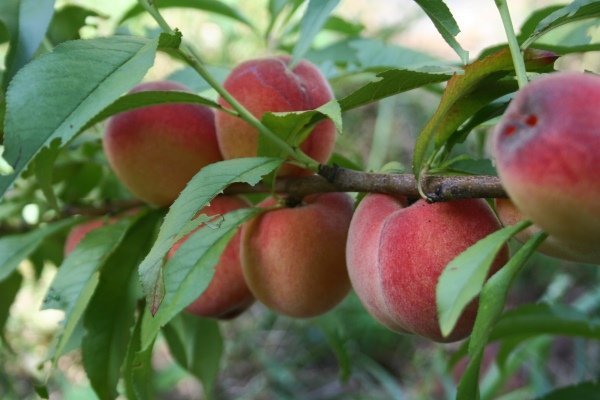

The purpose is universal. Not susceptible to leaf curl. Good immunity to various fungal infections and low temperature conditions. Excellent presentation. Medium to regular harvest.
Veteran
Description of the tree:
- spherical;
- oval leaves;
- height no more than 4 m;
- dense foliage;
- branched.
Fruit characteristics:
- spherical;
- weight reaches 180 g;
- yellow tint;
- watery pulp;
- sugary taste with a hint of sourness.
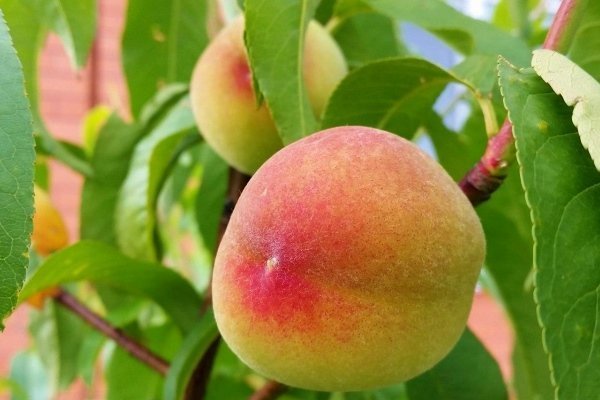

Purpose - dining room. Highly resistant to frost. High and regular harvest. The fruits are transportable. Practically not susceptible to disease. The yield is average.
Plant care rules
Until the age of 5-6 years, the tree should be watered very abundantly: about 4-5 buckets of water per tree.To keep moisture longer, the near-trunk area can be mulched or overlaid with turf. In the spring, it is necessary to fertilize with nitrogenous fertilizers, and in the summer with phosphorus fertilizers.
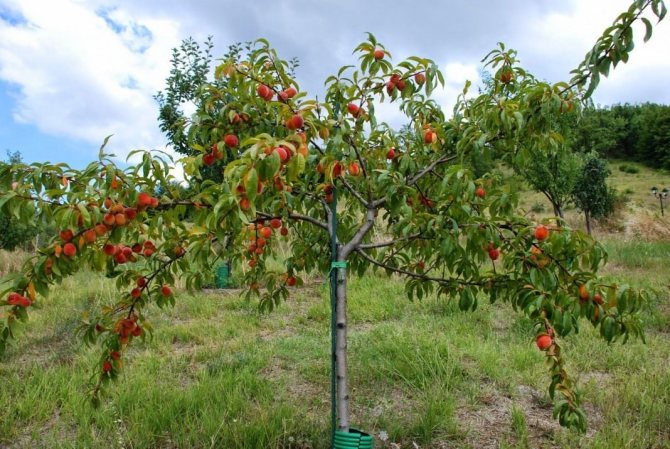

Mature fig peach tree
Pruning is done mainly to remove branches growing inside the tree. You should act carefully, as the branches of the plant are very fragile. The hand should always hold the base of the branch.
Important! For the winter, the trunk ring is covered with a layer of humus, and the trunk itself is wrapped in agrotechnical cloth. This will protect the tree from freezing and pests. In the spring, you need to whitewash the trunk of the seedling.
Champions of frost resistance
Those varieties of peaches that have the highest frost resistance ripen only in September. Harvesting of these varieties is carried out either by the end of the month, or in mid-October.
Babylonian
Description of the tree:
- vigorous;
- pinkish;
- lilac flowers;
- not branched.
Fruit characteristics:
- weighty, weight can reach 300 g;
- yellow pulp;
- dense fibrous texture;
- medium-sized bone;
- sweet and sour taste;
- the bone is almost not separated.
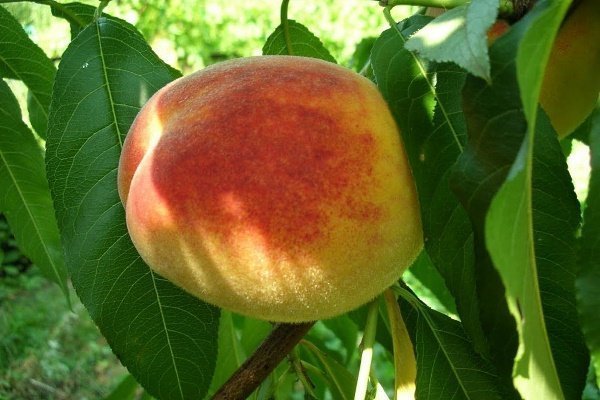

The purpose is universal. Possesses high immunity to low temperature conditions. The fruits are transportable and have a fairly long shelf life. High yield.
Juicy
Description of the tree:
- pinkish;
- round crown;
- branched.
Fruit characteristics:
- beige-green peel;
- dense fibrous pulp;
- pronounced sourness;
- the bone does not come off.
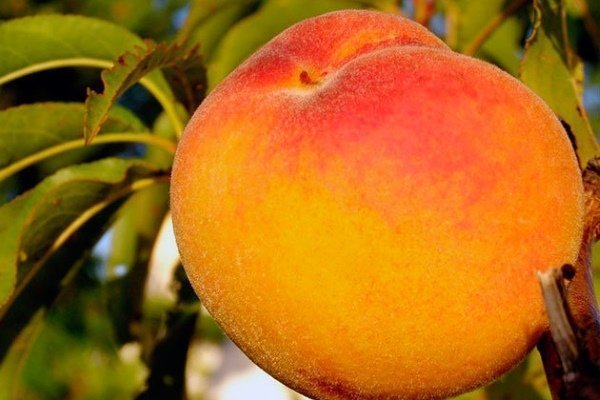

Purpose - dining room. Peaches are transportable and attractive in appearance. This variety is perfectly adapted to temperature changes.
Winter hardy
Description of the tree:
- oval crown;
- branched;
- not dense foliage.
Fruit characteristics:
- small, weight barely reaches 80 g;
- the pulp is creamy with a yellowish blush;
- the bone is separated.
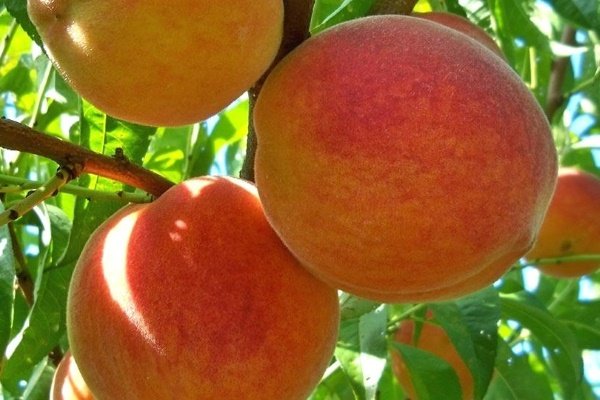

Purpose - dining room. This variety has a weak immunity to dry weather, but tolerates low temperatures well. The fruits are transportable. Gives a high yield.
Self-pollinated, self-fertile varieties
Self-pollinated varieties are very popular among the gardener. To increase fruiting, different varieties of trees are planted next to each other. Harvesting takes place at the end of August.
Inca
Description of the tree:
- vigorous;
- thick oval crown;
- oblong leaves.
Fruit characteristics:
- weighty, weight reaches 180 g;
- orange with a scarlet blush;
- dense watery texture;
- the bone is difficult to separate.
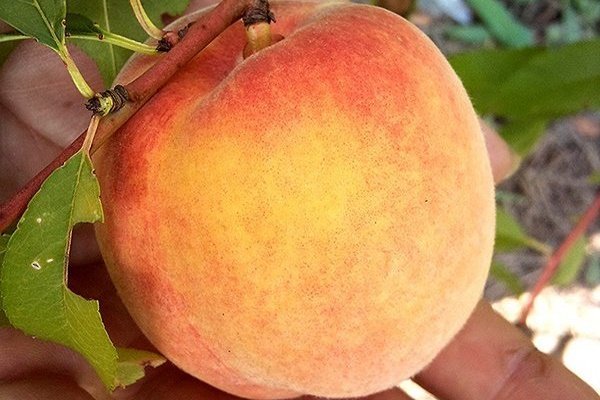

Purpose - dining room. Average yield. Peaches are transportable and have an attractive appearance. The variety is not susceptible to fungal infections. High immunity to subzero temperatures.
Volcano
Description of the tree:
- medium height;
- round crown;
- branched;
- not dense foliage.
Fruit characteristics:
- the pulp is yellowish with a pink blush;
- asymmetric shape;
- small bone;
- tart taste with a hint of sourness.
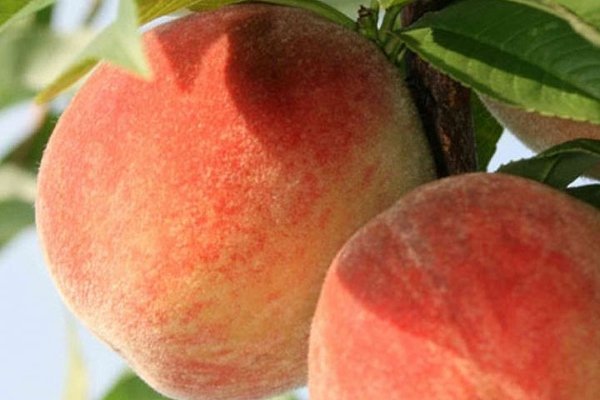

The purpose is universal. Prone to curl leaves. Average immunity to subzero temperatures and frost. The fruits are transportable and have an attractive appearance. Regular yield.
Harnas
Description of the tree:
- tall;
- spherical;
- dense foliage;
- leaves of a dark greenish hue.
Fruit characteristics:
- weight reaches 180 g;
- spherical;
- scarlet peel;
- dense fibrous texture;
- large bone;
- sugary tart aftertaste.
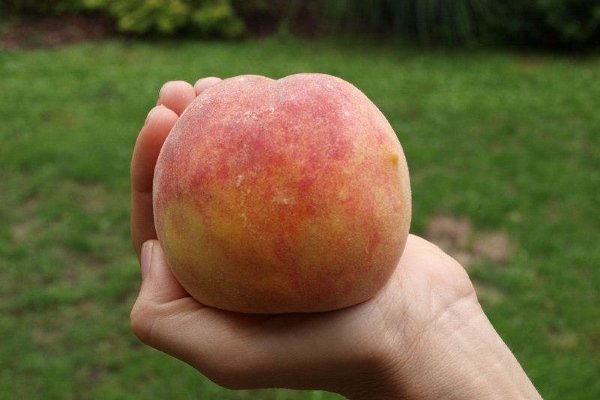

Purpose - dining room. The fruits tolerate transportation well. Rich and regular harvest. Not capricious in care, tolerates dry and hot weather in summer.
Golden jubilee
Description of the tree:
- tall;
- oval, neat crown;
- branched.
Fruit characteristics:
- easily detachable bone;
- yellowish-red peel;
- juicy and sweet pulp;
- fibrous texture;
- weight reaches 150 g.
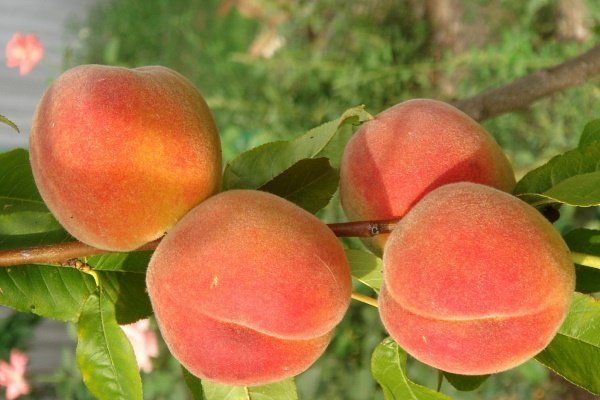

Purpose - dining room. Used to prepare dried fruits. A bountiful harvest. They do not tolerate transportation well, since the shelf life is no more than 6 days. High immunity to fungal infections and harmful insects. Susceptible to shedding of peaches with improper care.
In this article, you learned about a wide variety of different varieties of peaches that can ripen early or late enough, with varying degrees of resistance to low temperatures. After reviewing their description and characteristics, you can now choose the most optimal and suitable variety of this fruit for yourself.
0
Peach description
The peach tree looks like a tall and dense bush. The plant is perennial. It is considered a capricious crop, therefore it needs proper care for high yields.
The appearance of the tree
The plantation, called the peach tree, is deciduous and upright. A plant with a lush and dense crown, the diameter of which is 6 meters.
The peach tree in the photo looks like a tall bush. This is due to its diminutiveness. The height of the tree directly depends on the variety. Usually the planting grows up to 3-4 meters maximum. However, sometimes it grows up to 7-9 m.
The representative of the flora belongs to the Almond family. This is because it looks like an almond. This is the closest relative of the fruit plantation.
Old branches are rough to the touch. A seedling up to 5 years old has thin and smooth branches. The roots lie at a depth of 40-60 cm. The foliage of the tree is bright green, lanceolate.
Flowers and their features
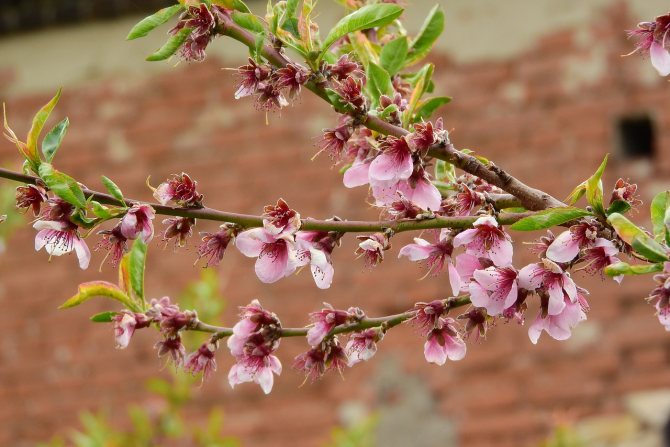

When determining what color the flowers of a plant are, you need to take into account the subspecies of the planting. It can be from pale pink to rich. The peach tree in bloom looks very decorative.
The flowering of the peach tree is prized in Feng Shui. Its flowers are believed to bring happiness and good luck, as well as attract wealth and symbolize balance.
